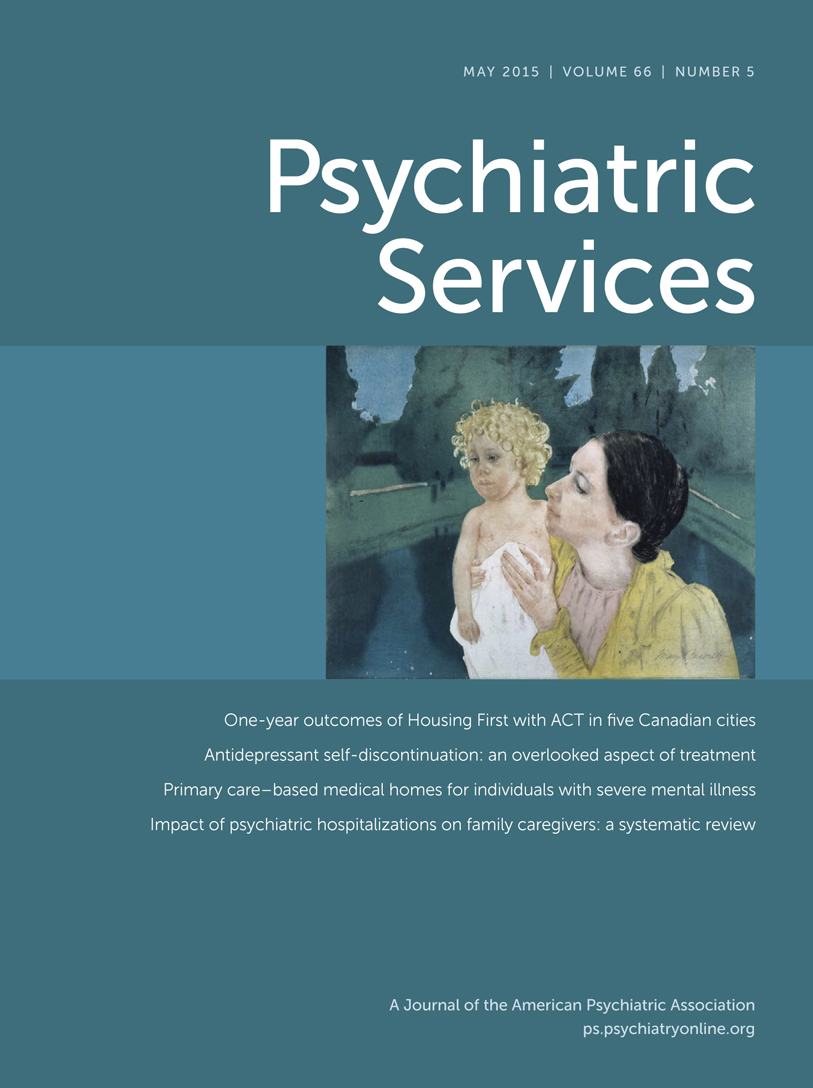Helping Kids in Crisis: Managing Psychiatric Emergencies in Children and Adolescents
Helping Kids in Crisis is not, as I first thought, a book for psychiatrists working in emergency departments or crisis centers—except, perhaps, for those who are trained in adult psychiatry only and feel insecure about their knowledge of kids. This book is really written for nonpsychiatrists who work with children and who may come across a child or adolescent in crisis.
There are 11 chapters, each written by different authors. The first nine chapters have the same basic structure, with a focus on an individual problem, and the last two look at systems of care and psychiatric emergency services. Each chapter has a handy one-page flowchart summarizing what to do in a particular situation. The main chapters start with a case presentation, then go on to Understanding the Crisis, Identifying Kids at Risk, Differential Diagnosis, Identifying Immediate Triggers, Risk Assessment, Onsite Stabilization, and When to Get Help.
Because of this consistent chapter structure, there is some overlap, so the chapter on depression addresses much the same as the chapter on suicidality; likewise, the chapter on aggression overlaps with the one on tantrums and behavioral outbursts. However, each chapter stands successfully alone, so that if one were to encounter an individual with any particular problem, the reader could use just that chapter and be fairly well versed on what to do next. A few of the chapters have the patronizing tone of an introductory textbook, but that seems to bother only irritable readers like myself, or so I must conclude from the frequency of its occurrence in introductory textbooks. In general, the chapters are easily read, the content of each chapter good, and the advice practical.
The book would be a help to school counselors, pediatricians, some community therapists, beginning crisis workers, interested emergency medical technicians, youth group leaders, and afterschool program directors. The trick for you and me will be to get this volume into their hands. I recommend buying this book and sending it directly to the nearest school counselor or afterschool program director of your choice, with a kind note expressing appreciation for all that professional does to take care of children. Perhaps the recipient will be so charmed by your gesture that the book will be used when a child needs it most.



